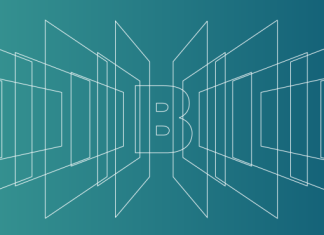How does Cari identify aesthetics?
Cari attempts to keep the process of identifying and categorising aesthetics “as democratic as possible.” Members typically carry out independent research, looking into colour schemes, iconography, materiality, themes, production techniques, etc. “It’s also helpful if those proposing a newly discovered style are able to also identify some social, cultural and economic forces behind its rise and fall – and relationships to other identified aesthetics,” says Evan. “We’d discuss and debate whether it was a cohesive and distinct style. These conversations themselves would usually also inspire others to begin their own research or start groups to investigate a style they were particularly interested in.”
For some, explaining why something feels like it’s from a certain time period or has a particular vibe can be difficult to explain, but Cari’s archives offer clear and accessible pathways into understanding consumer semiotics. For example, a consumer product like the blue iMac G3 can be seen as a seminal piece of the Y2K aesthetic, with ABS translucent plastic (inspired by the Bondi Beach) that allows end users to peer into its inner workings – similar to see-through GameBoys, the Kodak DC240i Zoom and kids’ science toys.
Cari doesn’t so much have an answer for why an era like the noughties incorporated so many water textures, glassy materials and platinum utopias in its consumer products, but Cari can present the design trends exactly how they are – like preserving a fragment of the past’s aesthetic interests in amber.
Capitalism = Consumer
Capitalism, for better or for worse, is a hotbed of aesthetic-making. Cari gives us the opportunity to see visual movements that have survived long enough or became popular enough to be appropriated by capital – and how ideas and inspirations proliferate over time. For example, green leaves feature as a recurring motif in nature-inspired aesthetics – but we can see it become reappropriated into consumer products and their user interfaces, such as “eco battery mode” on laptops or electric commercial vehicles. Signifiers of “green energy” became popular from the mid-2000s and became appropriated into symbols that can be seen in Rainforest Chic, Frutiger Eco and Solarpunk. Essentially, through widespread consumerism, design motifs become ingrained into our lives and thus live on in a hauntological sense, especially when aesthetics get caught in their own feedback loops. “It speaks a lot about the sheer power of capitalism that there seem to be so many consumer aesthetics,” says Sofi.
The aesthetic Dollar Store Vernacular is a fascinating case study in how we understand the aesthetics of consumerism. The aesthetic’s “cheap” look and feel, commonly surrounding fast fashion, fast food and fast merchandising, intuitively informs us of what looks “professional” by understanding what looks “unprofessional”. It’s deeply class related – we can see poorer economies through their dated usage of skeuomorphic graphics or their counterfeit consumer culture (in China, this phenomenon is called shanzhai). On modern browsers, ad-block technology is widely available – the consequences of which make the aesthetics of pop-ups a class symbol. Those in working backgrounds may recall childhoods surrounded in product design that looks like it was made with early 2000’s Microsoft Powerpoint graphics. Personally, I have developed a fondness for those maximalist chicken shop menu boards, which have become personally synonymous with when financial times were tough.








